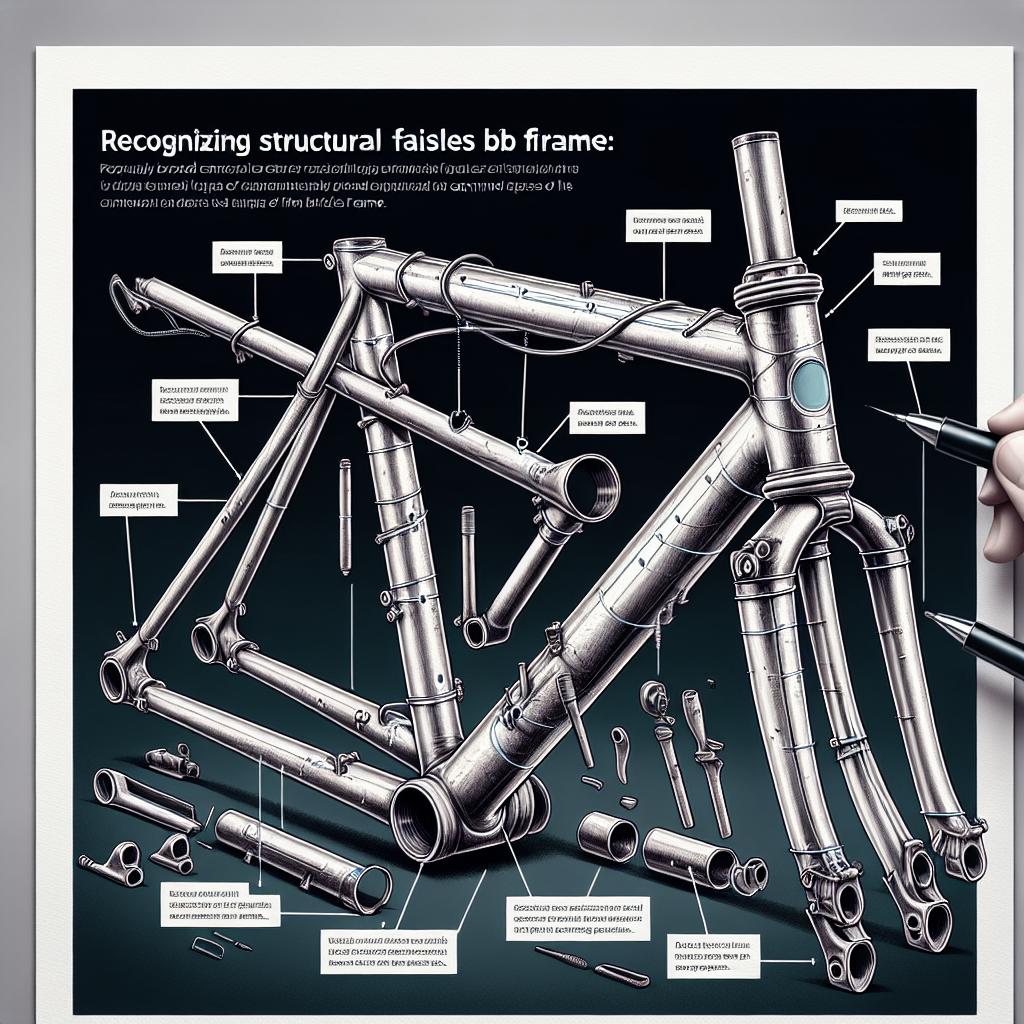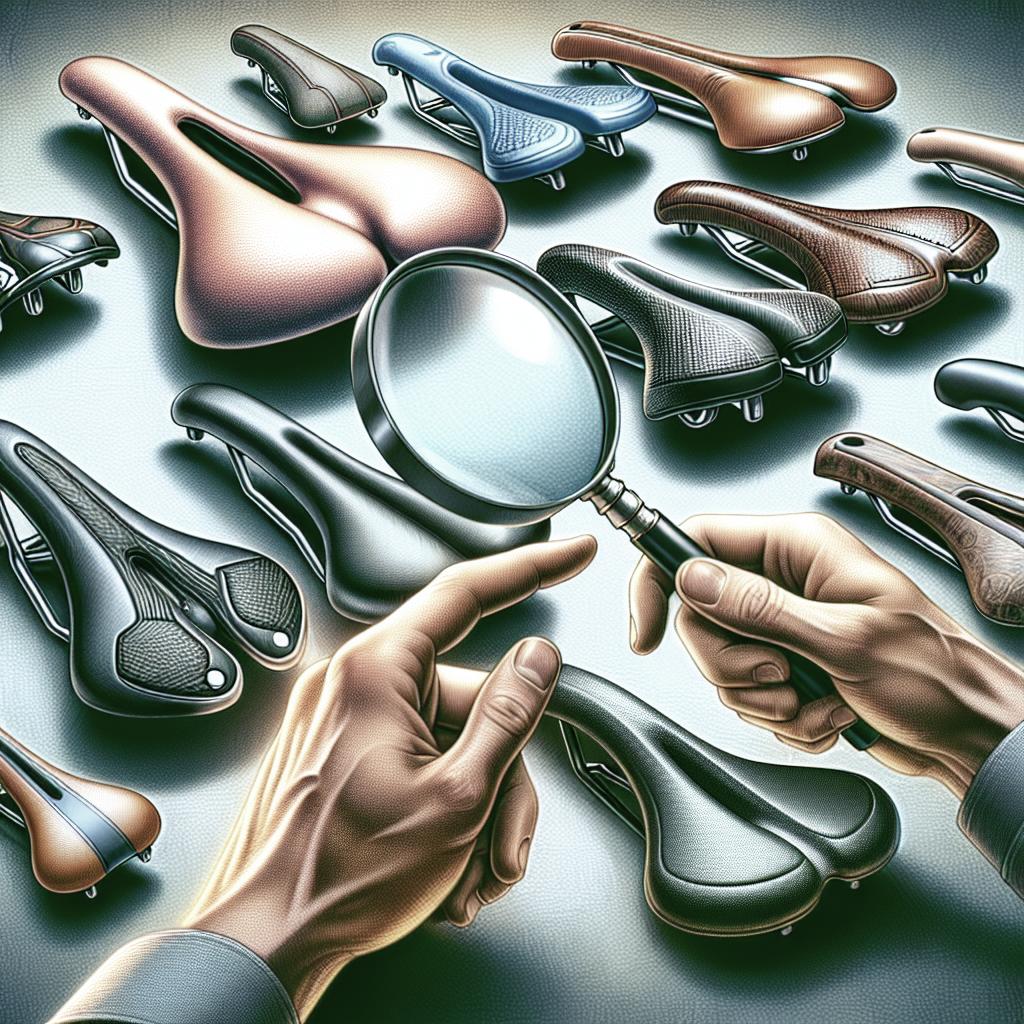“`html
How to Detect Bike Frame Damage
As passionate cyclists, whether for commuting or leisure, ensuring the structural integrity of our bikes is crucial. Bike frames, available in various materials like steel, aluminum, titanium, and carbon fiber, are susceptible to damage due to accidents or wear over time. In this article, we will explore the types of bike frames, delve into why damaged carbon fiber poses a significant danger, and outline steps to take following a bike accident. By understanding these aspects, you’ll be better equipped to maintain your bike and enjoy a safe cycling experience.
The 4 Types of Bike Frames
Steel
Steel frames are renowned for their durability and flexibility. They absorb shocks from rough terrains, providing a smooth ride. However, over time, steel can rust if not properly maintained, leading to weakened joints and potential frame failure. Frequent inspections for corrosion, especially around joints and welds, are crucial to ensure the longevity of steel frames.
Visual inspections should focus on looking for rust which often appears as orange or brown spots. Also, pay attention to any bending or dents which might indicate that the frame is no longer aligned properly. A minor tweak post-accident could escalate, compromising safety if not attended to.
Aluminum
Aluminum frames are popular due to their lightweight properties and affordable cost. While rust is not a concern, cracks can develop at stress points, such as the welds. It’s common for aluminum frames to show hairline cracks after long periods under stress or following an accident.
After an accident, run your fingers over the surface of the frame, as small cracks can be difficult to see but easy to feel. Listen for any unusual creaks or groans during your next ride, as these sounds may indicate a compromised aluminum frame that needs professional attention.
Titanium
Titanium frames are revered for their strength and resistance to corrosion, offering a ride feel similar to steel but without the weight. They’re less prone to damage compared to aluminum and steel, but they can still deform from hard impacts.
Damage detection in titanium frames involves looking for any irregularities in the frame’s shape or alignment. While rare, indentations or bends can occur, and should be addressed promptly to avoid worsening the structural integrity of the bike.
Carbon Fiber
Carbon fiber frames are known for their ultralight weight and aerodynamic advantages. However, they are more fragile compared to metal frames, as impacts can cause surface cracks that jeopardize the entire structure. Unlike metals, these damages aren’t always visible to the naked eye.
It’s important to conduct frequent checks and employ tap tests, where you listen for a change in sound along the frame, indicating a possible crack. If you suspect damage, it’s crucial to consult a professional to conduct ultrasound testing for a precise evaluation.
Why Damaged Carbon Fiber Is So Dangerous
Carbon fiber structures rely heavily on intact layers of woven fibers. A small crack can concentrate stress at that point, leading to abrupt failures. Unlike metals, which might bend upon impact, carbon fiber can shatter, posing significant risks to the rider.
This danger lies in the unpredictable nature of carbon fiber failure. Riders might not notice any performance issues before catastrophic damage occurs. Therefore, maintaining vigilance through regular checks and recognizing signs of damage is vital to ensuring safety.
What To Do After a Bike Accident
Post-accident, it’s essential to perform a thorough inspection of your bike. Check for any visual damage and ensure the frame alignment hasn’t been altered. Use a straight edge or string to check frame alignment if you suspect a bent frame.
Don’t hesitate to involve a professional mechanic for an expert opinion. A seasoned touch can detect subtleties in frame integrity that might elude casual observation. If in doubt, retiring the frame for a replacement is a prudent choice to ensure safety on your next ride.
Final Thoughts
| Frame Type | Potential Damage | Inspection Tips |
|---|---|---|
| Steel | Rust, Bending, Dents | Visual inspections for rust; Check for alignment |
| Aluminum | Cracks, Unusual Noises | Feel for cracks; Listen during rides |
| Titanium | Deformations, Indentations | Check alignment; Look for bends |
| Carbon Fiber | Surface Cracks | Tap tests; Professional ultrasound checks |
“`


